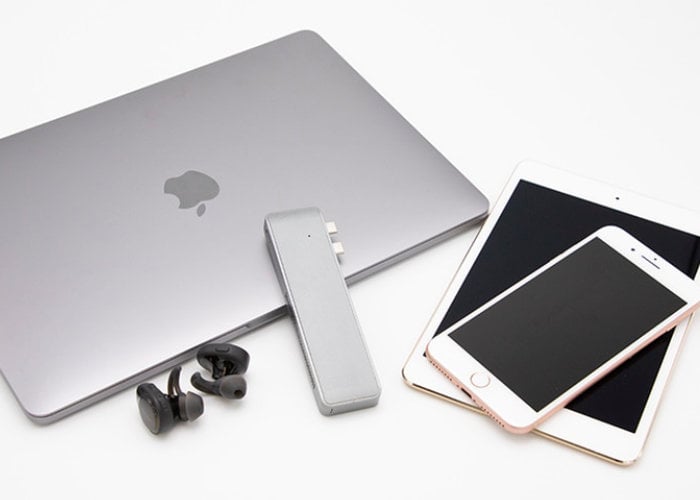

These apps do not distinguish what is in Other, but they will show everything taking up space on your drive and allow you to sort it by size and to find it, regardless of whether About this Mac > Storage puts it in a specific category or in Other. Personally, I use the free Disk Inventory X another option is the free OmniDiskSweeper, and there are also apps on the Mac App Store that offer similar features, such as DiskSight and Diskopolis. You can navigate to ~/Library in Finder by holding the option key and clicking Go menu > Library, but it’s often easier to use a disk management utility to identify the larger files.

However, when using Apple menu > About this Mac > Storage tab, you cannot access the files in Other directly.

For the most part, these files are created and saved by various apps on the Mac, mainly in the ~/Library folder. But what is Other? Essentially, it’s a catch-all category for files on the Mac that are simply not categorized as something specific like Apps, Documents, TV, etc. If I wanted to free up space on this Mac, starting with that biggest chunk seems like the most efficient approach. In this case, of the various categories comprising the 186 GB of space used on the SSD, Other takes up the biggest block, using 88 GB of space as shown after clicking the Manage button: The different color bands are categories to which your Mac assigns the files, including Apps, Documents, etc., with bands in different shades of gray used for ‘system’ items such as System (macOS files), Trash, and Other. One way to determine what is taking up space on your Mac is to use Apple menu > About this Mac > Storage tab. I’ll use one of my Mac notebooks, a 2017 15” MacBook Pro with a 500 GB SSD, as an example (even though I have plenty of storage available). In terms of your computer’s internal storage, that means at some point, no matter how much available internal storage you selected when you bought your Mac, eventually you may find that your drive is getting full and you need to free up space. Parkinson’s Law can be generalized to suggest demand always expands to match supply. For example, upgrading a MacBook Air via System Preferences required ~38 GB of free space, upgrading via Online Recovery required only ~27 GB free. Note 2: If your goal is to free up space to perform a MacOS upgrade, performing the same upgrade via Online Recovery mode (boot with Command-Option-R held) requires less space to be freed up. Note: Under MacOS 12 Monterey, the category "Other" has been changed to "System Data" but the following information still applies.


 0 kommentar(er)
0 kommentar(er)
